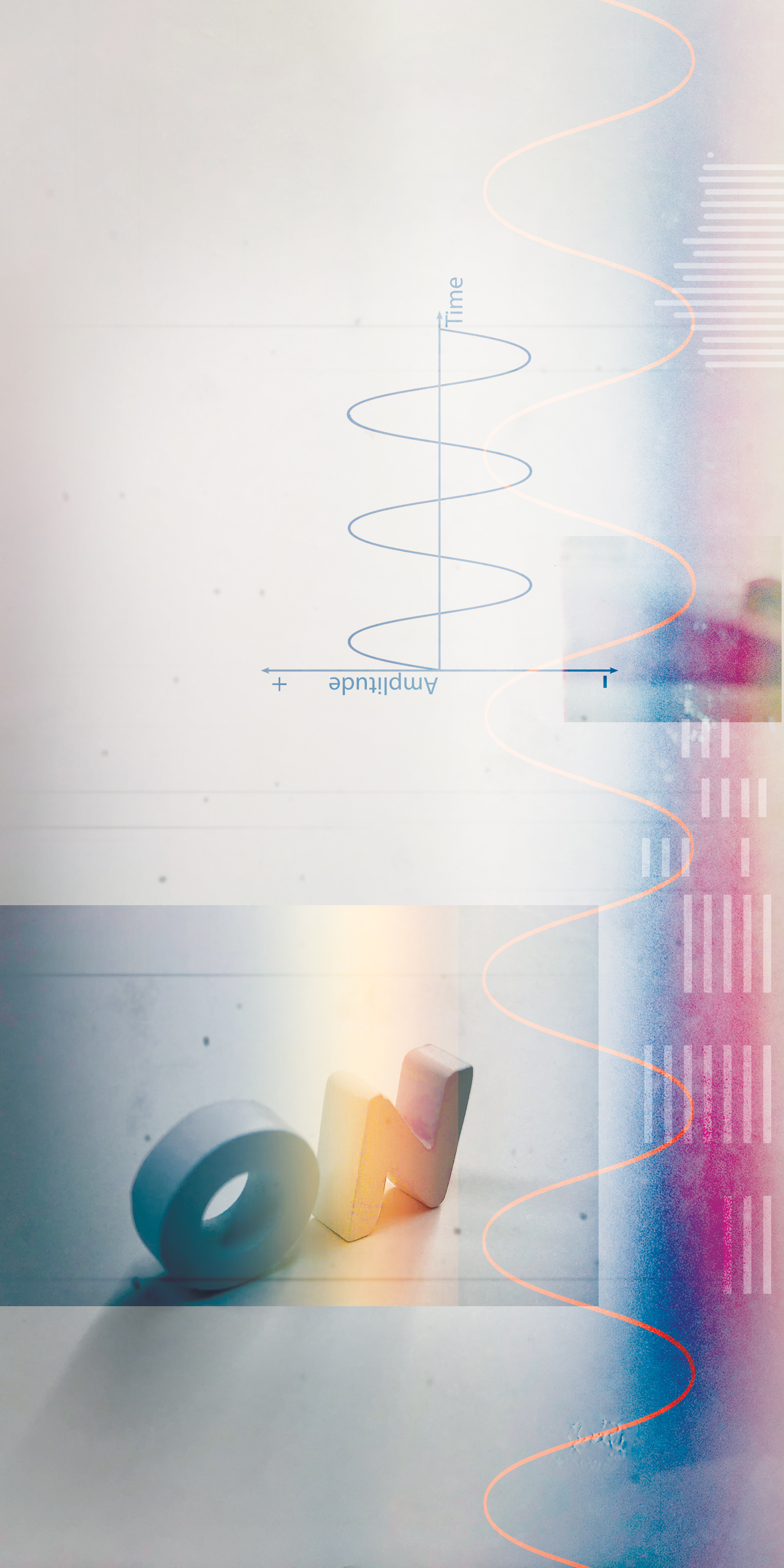Cat 5, aka Ethernet cable, has been a powerful way to pass digital audio around your studio or live venue for quite a while now. The various formats (Dante, AVB, and many other proprietary protocols) have changed the way we think about studio installs, stage box runs, etc. Personally, I've been running my studio cue systems over Ethernet for over a decade (first Aviom, now Digital Audio Labs Livemix [Tape Op #108]), and will never look back to the bulky, expensive multi-pair cabling necessary for analog personal headphone mixers. In more recent years, manufacturers have been experimenting with running analog audio over inexpensive, ubiquitous Cat 5 cables, much to the surprise of those of us who always thought of it as a digital-only delivery method. In our defense, the Wikipedia page for “Audio over Ethernet” doesn't even mention analog audio transmission at all.
The premise is simple: Connect the outputs of a microphone or line-level analog device to the twisted pairs that live inside your standard Cat 5 (or Cat 6) cable, and let those electrons fly. Since there are eight wires inside, you get four pairs, meaning four balanced analog channels over a single cable (one wire for the hot, one for the cold). Radial has been making 4-channel units of their Catapult system for about eight years now, but the new family member, Catapult Rack, triples that channel count in a rack-mount version consisting of two elements. The TX box transmits: It has 12 female XLR jacks on the front, and outputs those 12 channels on three pairs of RJ45 EtherCON jacks on the back. The RJ45s come in pairs (since the Catapult TX also serves as a passive splitter for your signal) in case it's useful to run your audio to two separate locations simultaneously. The Catapult RX box then receives those three Cat 5 cables, and outputs the signal on 12 male XLR jacks for connection into a mic preamp or line-level analog device, with the second RJ45 jacks serving as potential throughputs to a second receiver box. I was careful not to use the word “convert” anywhere above since the system is more of an adapter than a converter, i.e., nothing digital is involved in this process. However, you may also run purely digital audio over these lines; it turns out they are the right impedance for lengthening AES runs, which also often happen to employ XLR connectors.
The build quality is what you'd expect from Radial: Tank-solid (although light), with high-quality Neutrik XLR and EtherCON jacks. You can move the rack ears on each single rack space unit to the XLR side or the EtherCON side or remove them completely; whatever suits your purpose better. Each 4-channel bank has a Lift switch, which disconnects the shield for potential noise elimination. Speaking of shielding, Radial recommends using shielded Cat 5 cable for all of your interconnects for two reasons: First, it can cut down on interference if you're in a noisy environment, and also, it's necessary if you will be running phantom power over your lines. For line-level signals and dynamic, ribbon, or tube condenser mics (or regular condenser mics with a standalone phantom power box), you don't absolutely need shielded cable, and in fact, during all my tests I only used off-the-shelf non-shielded cable, since it's what I had on hand. When I install this system into the satellite live room I'm building into a shipping container next to my studio at Spillway Sound, I'll get myself some nice, shielded cable in bulk, and terminate it all with EtherCON plugs for easy, secure connections.
During all of my tests, I found the audio quality to be superb. For a null test, I printed a pass of the same roundtrip audio through the Catapult with 100 feet of Cat 5 cable (Radial claims anything up to 300 feet should work), and then directly from my converters out and back in, summing the results together with the polarity flipped on one channel. This was what I would call “extremely successful," with about 45 dB of broadband cancellation, and no discernible phasing artifacts. I'd say that's good enough for 99% of record-making purposes, and 100% of live sound purposes. The one thing to look out for, and Radial makes this very clear on their FAQ, is not to mix and match drastic level differences over the same Cat 5 cable; if you're running mic signals and line-level signals, split them into separate banks, with like signals bundled together. With the tight twisting inside the Cat 5 cables, crosstalk is certainly possible, but in practical situations using smart practices any such crosstalk should be well below the useable dynamic range. Once I split them as recommended, I heard no crosstalk, only the noise floor of the mic preamp, and I had the mic pre cranked. I purposefully used low output dynamic mics like the Sennheiser MD 441 and Shure SM7B on quiet material in order to make sure those tiny signals could survive the long Cat 5 runs. Survive, they did, and everything sounded excellent.
Yes, you can make cables that do this all yourself if you're savvy, and yes, there are similar cheaper devices available from other manufacturers. But even a DIY-er like me who is always looking for ways to save money on studio equipment can see the value in spending the $600 for a full Radial Catapult Rack system (not counting the Cat 5 cables). You get impeccable build quality, the reassurance of dealing with one of the most reputable companies in pro audio, and the ability to easily mix and match with the other devices in the Catapult family. An added bonus is that the units are so light and portable that they're easily moved around for running lines from, say, outdoors or for bringing to a makeshift remote site. If you need to extend your audio signals over great lengths, these boxes will help do the job nicely.




_disp_horizontal_bw.jpg)